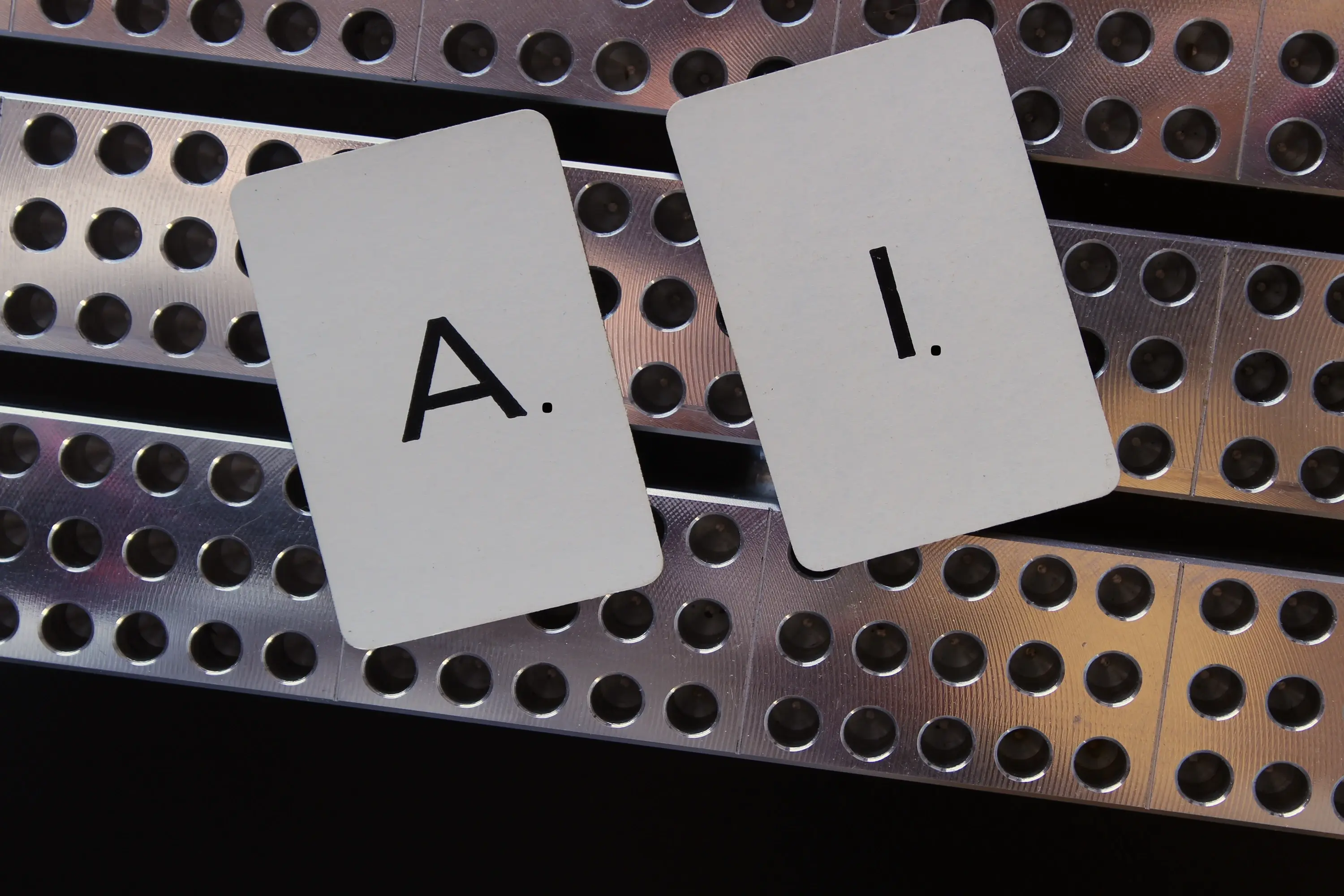AI Image Processing
The Technology That Sees What We Can’t.
Did You Know?
Every second, millions of images are captured worldwide—by smartphones, security cameras, and even satellites. But raw images alone don’t mean much. The real game-changer? AI Image Processing.
From facial recognition to medical diagnostics, AI image processing is shaping the future of automation, security, and business intelligence. But what exactly is it, and why does it matter? Let’s break it down.
What is AI Image Processing ?
AI image processing is the use of artificial intelligence to analyze, enhance, and interpret images. Unlike traditional image processing, which relies on fixed algorithms, AI-powered processing learns, adapts, and improves over time.
How Does It Work?
1️⃣ Deep Learning – AI detects patterns in images, just like the human brain.
2️⃣ Neural Networks – AI identifies objects, faces, or abnormalities with precision.
3️⃣ Computer Vision – AI not only “sees” but understands visual content.
In short, AI image processing doesn’t just capture images—it interprets them intelligently.
Why is AI Image Processing so Important
📌 1. It Powers Modern Security Systems
Facial recognition and surveillance rely on AI-powered image processing to detect, track, and identify individuals. Whether it's unlocking your phone or enhancing airport security, this technology is already part of your daily life.
📌 2. It Transforms Healthcare
Doctors use AI image processing for early disease detection. AI can analyze X-rays, MRIs, and CT scans faster and with greater accuracy than humans—saving lives through quicker diagnoses.
📌 3. It Revolutionizes E-Commerce
Ever wondered how apps like Google Lens identify products instantly? AI-powered image search allows users to snap a photo and find similar items online in seconds.
📌 4. It Enhances Automation & Manufacturing
Factories use AI image processing for quality control, spotting defects in products before they even leave the assembly line.
📌 5. It Powers Augmented Reality & Entertainment
From Snapchat filters to deepfake technology, AI image processing is behind the visual magic in modern entertainment and social media.
The AI Image Processing Debate
✅ The Good
✔️ Increases accuracy in medical imaging and security.
✔️ Reduces human effort and processing time.
✔️ Enhances user experiences in e-commerce and AR/VR.
❌ The Challenges
⚠️ Privacy concerns in facial recognition.
⚠️ Potential biases in AI training data.
⚠️ High computational power and energy requirements.
🚀 What’s Next?
AI-powered image processing is constantly evolving.
The future?
More precise AI models, real-time image analysis, and improved security against deepfake manipulation.
Final Thought: The World is Becoming Visual—Are You Ready?
AI image processing isn’t just the future—it’s the present
If you think AI image processing is just for tech companies, think again.
Every industry—from banking to e-commerce and security is being transformed by this innovation.The real question is: Will you adapt to the AI-powered future, or be left behind?
FAQs about AI Image Processing
1. How does AI Image Processing differ from traditional image processing?
Traditional image processing follows predefined rules (e.g., filters & adjustments). AI image processing learns and adapts, making it more accurate and flexible.
2. Can AI really recognize objects and faces accurately?
Yes! AI-powered facial recognition has over 99% accuracy in ideal conditions. However, bias in training data can sometimes affect accuracy.
3. Is AI image processing safe for personal privacy?
It depends. While AI is extremely useful for security, concerns about data privacy, surveillance, and misuse remain.
4. What industries are using AI Image Processing today?
E-commerce, banking, automotive, security, and even agriculture use AI image processing to automate tasks and improve efficiency.
5. Will AI replace human photographers and designers?
Not completely. AI enhances editing and automation, but creativity and storytelling still need a human touch.


